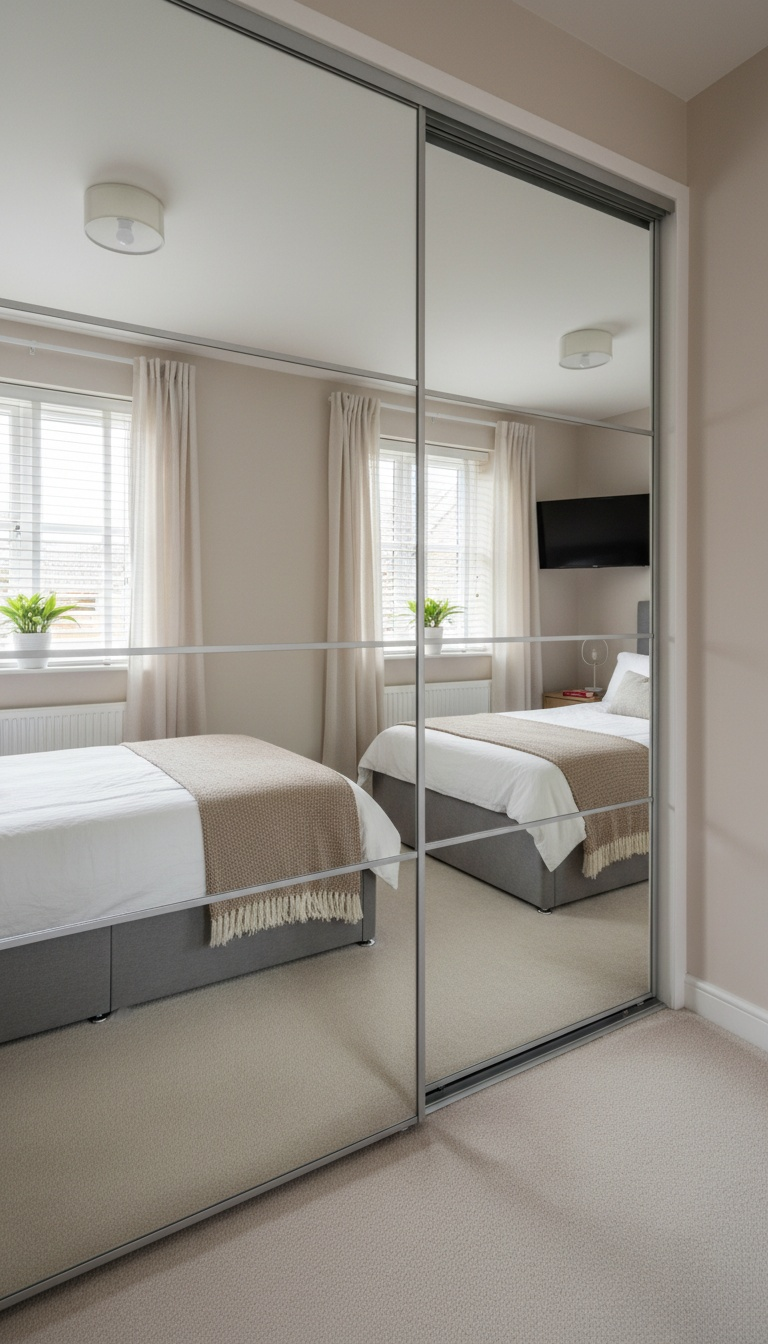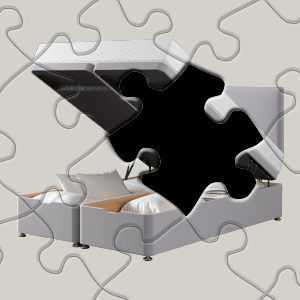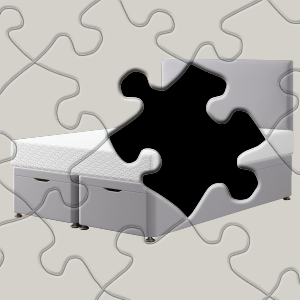-
Upholstery
+
-
Fabric Upholstery
+
- Fabric 4 Seater Sofas
- Fabric 3 Seater Sofas
- Fabric 3 Seater Manual Recliner Sofas
- Fabric 3 Seater Power Recliner Sofas
- Fabric 2 Seater Sofas
- Fabric 2 Seater Manual Recliner Sofas
- Fabric 2 Seater Power Recliner Sofas
- Fabric Sofa Beds
- Fabric Corner Sofas
- Fabric Chairs
- Fabric High Seat Chairs
- Fabric Manual Recliners
- Fabric Power Recliners
- Fabric Riser Recliners
- Fabric Swivel Chairs
- Chaise Lounges
- Fabric Footstools
-
Leather Upholstery
+
- Leather 4 Seater Sofas
- Leather 3 Seater Sofas
- Leather 3 Seater Manual Recliners
- Leather 3 Seater Power Recliners
- Leather 2 Seater Sofas
- Leather 2 Seater Manual Recliners
- Leather 2 Seater Power Recliners
- Leather Corner Sofas
- Leather Chairs
- Leather High Seat Chairs
- Leather Manual Recliners
- Leather Power Recliners
- Leather Riser Recliners
- Leather Swivel Chairs
- Leather Footstools
- Garden Sofas & Loungers
- Upholstery Brands +
- Upholstery By Range
-
Fabric Upholstery
+
- Dining & Living +
- Beds +
- Bedrooms +
- Riser Recliner Chairs
- Clearance
- Info Pages. +
Understanding Your Options
Modern wardrobes are far more advanced than the old wooden cupboards of the past. You now get:
- sleek sliding doors that glide along a track
- traditional hinged doors that swing open
- fitted, bespoke, freestanding or hybrid systems
- endless combinations of shelving, rails, drawers and mirrors
Sliding wardrobes move sideways. Hinged wardrobes open outwards. That simple difference changes everything from installation and space planning to cost and long term usability.
Sliding Wardrobes: Advantages, Limitations and Real Room Scenarios
1. Space Saving Excellence
Sliding wardrobes are unbeatable in tight rooms. They do not need any space in front of them to open. This is perfect when:

In many modern UK homes with bedrooms between 10 and 12 square metres, sliding doors make the room feel calmer and less cramped. If you know the width of your room, it can help to browse suitable wardrobes by size before you commit to a layout.
2. Contemporary Style That Looks Built In
Sliding wardrobes suit modern interiors effortlessly. You can choose from:
- mirrored glass
- frosted or tinted glass
- wood grain panels
- matt finishes
- high gloss finishes
Mirror panels are especially popular because they double as full length dressing mirrors and make the entire room look wider and brighter.
3. Customisation Without Limits
Sliding systems allow for:
- mix and match panel designs
- multi panel layouts
- soft close mechanisms
- internal layouts built around your lifestyle
- drawers, shelves, accessory racks, shoe zones and more
If you want a wardrobe that looks like part of your architecture, sliding doors can achieve that built in look very effectively.
4. Realistic Drawbacks
Sliding wardrobes are great, but not perfect. Common issues include:
- you can only access half of the wardrobe at once
- tracks need cleaning or the doors start sticking
- alignment must be accurate or the door can wobble
- repairs can cost more because track parts are specific
- wide doors need clear wall space on both sides
- they are not ideal for very awkward corners or nooks
In older homes with strong traditional decor, sliding doors can also look too modern unless you choose very subtle finishes.
Hinged Wardrobes: Advantages, Limitations and Real Room Scenarios
1. Full Visibility at Once
Open the doors and you see everything. No sliding panels blocking half the interior. This is perfect for:
- people who like to scan outfits quickly
- families who share wardrobe space
- dressing rooms with several sections
- anyone who prefers classic organisation
If you hate rummaging, hinged doors are usually the better choice.
2. Works in Awkward and Unusual Spaces

Hinged wardrobes can be built into:
- sloping ceilings
- angled loft rooms
- alcoves and chimney breast gaps
- small odd shaped corners
- very tall ceilings with top boxes
If your room is awkward, hinged doors are often the only workable option. When planning, it can help to compare different wardrobes by door style to see which designs handle tricky layouts best.
3. Traditional Look That Never Dates
Hinged wardrobes suit:
- period homes
- cottage style rooms
- shaker interiors
- classical furniture schemes
- warm wood or painted themes
Sliding wardrobes lean toward modern design. Hinged wardrobes blend with almost anything, especially if you want a timeless look.
4. Practical Durability
Hinges are simple components that last for years with light maintenance. Sliding tracks need more attention. Hinged systems often outlast sliding ones if you plan to stay in your home long term.
5. Realistic Drawbacks
Hinged doors have two major downsides:
- they need space in front to open fully
- they can hit beds, drawers or radiators if space is tight
In very compact rooms you risk:
- blocked walkways
- banged knees and shins
- handles snagging clothing as you walk past
- doors left open becoming hazards
You also need to consider that heavy mirrors cannot always be fitted to the inside of every hinged door.
Sliding vs Hinged: Head to Head Comparison
| Feature | Sliding Wardrobes | Hinged Wardrobes |
|---|---|---|
| Space needed | Minimal, no door swing | Needs door clearance |
| Visibility | Half at a time | Full interior at once |
| Suitable rooms | Modern, narrow layouts | Traditional, awkward layouts |
| Durability | Good with regular maintenance | Excellent long term |
| Cleaning | Tracks need care | Hinges need little upkeep |
| Cost | Usually higher | Usually cheaper |
| Customisation | High, especially for panels | High for styles and layouts |
| Mirrors | Ideal for full mirrored doors | Works on inside or outside |
| Best for | Tight rooms, modern decor | Classic homes, maximum access |
Design Scenarios That Make Your Choice Easier
Choose Sliding Wardrobes If:
- your bed leaves less than 80 cm walking space
- the wardrobe is opposite the bed or door
- you need mirror doors to open up the room
- you want a smooth, modern aesthetic
- you like the idea of a statement glass or panel design
- you do not want handles sticking out into the room
Choose Hinged Wardrobes If:
- your room shape is awkward
- your ceilings slope
- you want top boxes for extra storage
- you prefer traditional furniture
- you want to see everything at once
- you need a mirror on the inside of the door
- your wardrobe sits in a corner nook or alcove
If you are unsure which way to go, it can help to look at several layouts across both wardrobes by doors and wardrobes by size. This gives you a clearer feel for how each style behaves in real rooms.
Installation and Maintenance
Sliding Wardrobes
- need precise measuring and expert fitting
- misalignment can cause sticking or scraping
- tracks must stay clean for smooth operation
- soft close mechanisms may need occasional adjustment
Hinged Wardrobes
- are generally easier to install
- use simple hardware that is easy to replace
- hinges can be adjusted quickly if doors drop
- cope better with slightly uneven floors or walls
Cost Breakdown
Sliding wardrobes usually cost more because of:
- multi part track systems
- glass or multi panel designs
- smoother engineering and soft close options
- more precise alignment requirements
Hinged wardrobes offer better value if you want:
- a large run of wardrobes
- long term durability
- a traditional style that will not date quickly
- fewer moving parts to maintain
Frequently Asked Questions
Which is better for small UK bedrooms
Sliding wardrobes are usually better for small bedrooms because they save floor space and do not need room for doors to swing open.
Which lasts longer
Hinged wardrobes often last longer because the mechanism is simpler and easier to maintain than a track system.
Do sliding wardrobes block access
Yes. You can only access one section at a time, since one door always sits in front of another part of the wardrobe.
Can I use sliding doors in an awkward corner
Not always. Sliding wardrobes need clear wall space for the doors to move. In very tight corners, hinged doors are usually more practical.
What adds more value to a home
Both add value when they are designed well. Sliding wardrobes tend to appeal more in modern properties, while hinged wardrobes suit traditional homes.
Which is safer for children
In tight rooms, sliding doors can be safer because they do not swing out into the space. Hinged doors need more awareness, especially when left open.
Do mirrors work better on sliding or hinged wardrobes
Sliding wardrobes are ideal for full external mirrored doors. Hinged wardrobes work well with mirrors either inside the door or on the outside in smaller sections.
Final Verdict
Choose sliding wardrobes if you want modern style, space saving design, mirror doors and smooth, understated panels.
Choose hinged wardrobes if you want timeless design, full visibility, maximum access and a flexible option for awkward room shapes.
Both can transform your bedroom. The best choice depends on your space, your lifestyle and the way you want your bedroom to feel. Once you know which style fits you best, you can narrow down real options by comparing different wardrobes by door type and matching them to suitable wardrobe sizes for your room.





